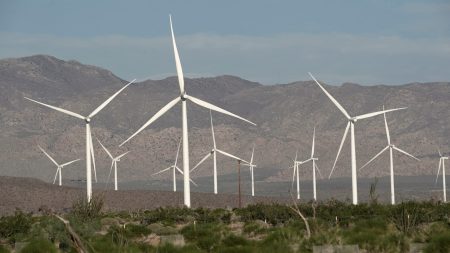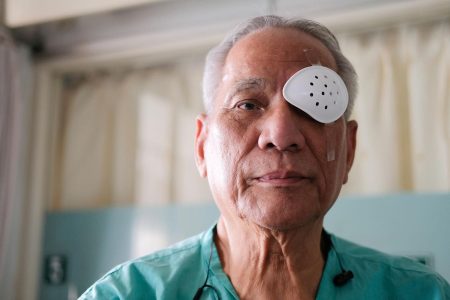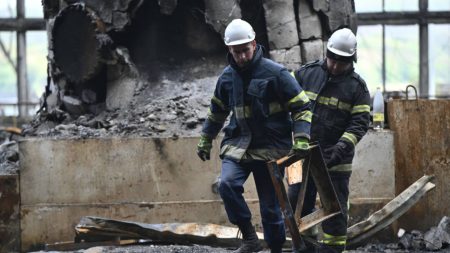China has recently implemented new guidelines that will phase out U.S. processors in government computers and servers, effectively blocking chips from companies like Intel and AMD. These guidelines, which were unveiled on Dec. 26 and are now being enforced, also impact Microsoft’s Windows operating system and foreign-made database software in favor of Chinese alternatives. Government agencies higher than the township level have been instructed to purchase “safe and reliable” processors and operating systems, according to the Financial Times. Both AMD and Intel have declined to comment on the report.
The move comes as China seeks to bolster its domestic semiconductor industry and reduce reliance on foreign technology. Semiconductors are crucial components found in a wide range of devices and have been at the center of a technology war between the U.S. and China. The U.S. has implemented export restrictions to limit Beijing’s access to key semiconductor equipment and technologies. In response, China has been ramping up efforts to develop its own semiconductor capabilities.
In October 2022, the U.S. introduced rules aimed at restricting China’s ability to access or manufacture advanced semiconductor chips due to concerns about potential military uses. This was followed by new regulations in October 2023 to prevent U.S. chip design firm Nvidia from selling advanced AI chips to China. Chinese tech giants such as Huawei and SMIC, China’s largest chipmaker, have faced sanctions from the U.S. since 2019, further limiting their access to cutting-edge technology. SMIC, in particular, has been unable to procure extreme ultraviolet lithography machines critical for advanced chip manufacturing from Dutch firm ASML.
The tech embargo led by the U.S. has inadvertently boosted revenues for China’s domestic chip equipment manufacturing companies. The top 10 equipment makers in China reported a 39% increase in revenue in the first half of 2023 compared to the previous year, according to CINNO Research based in Shanghai. This indicates that Chinese firms are striving to become more self-sufficient in semiconductor production and lessen their dependence on foreign suppliers. The ongoing competition and tensions surrounding semiconductor technology highlight the importance of domestic innovation and investment in critical industries.
As China continues to strengthen its semiconductor industry and lessen reliance on foreign technology, the global landscape of chip manufacturing and supply chain dynamics is likely to undergo significant changes. The U.S.-China tech rivalry and associated trade disputes have far-reaching implications for the global technology sector and could prompt other countries to reevaluate their own semiconductor strategies. Ensuring a secure and reliable supply of semiconductors is becoming increasingly vital for nations as they navigate the complex web of geopolitical tensions and strategic interests in the realm of advanced technology. The ongoing developments in the semiconductor industry underscore the importance of technological self-reliance and innovation in an increasingly interconnected and competitive global economy.















